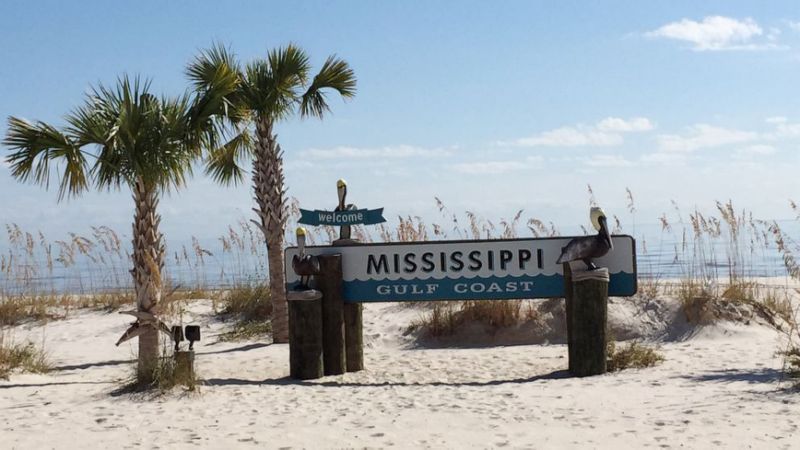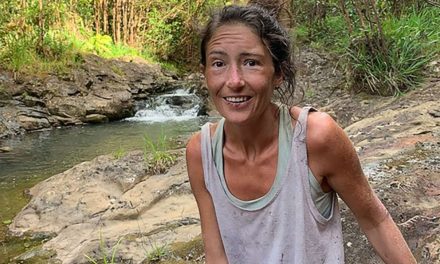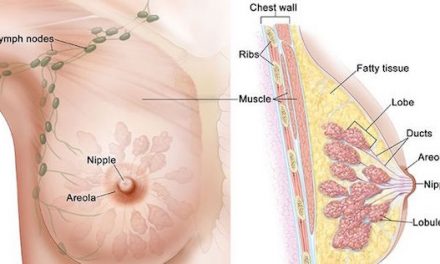The Mississippi Department of Environmental Quality has closed all twenty-one of Mississippi’s beaches for swimming due to the presence of toxic blue-green algae.
The National Oceanic and Atmospheric Administration (NOAA) indicated that climate change and increases in nutrient levels of bodies of water due to fertilizer run-off are potentially causing HABs to occur more often and in areas not previously affected.
RELATED STORY:
The department is warning people and their pets to avoid all water contact in the affected areas, including swimming, fishing or wading. The also warned to avoid eating anything taken from the waters “until further notice.” The state agency said in a statement:
“The closure refers to water contact and does not prohibit use of the sand portion of a beach. The algae can cause rashes, stomach cramps, nausea, diarrhea and vomiting.”1
RELATED STORY:
According to the National Oceanic and Atmospheric Administration (NOAA), harmful algal blooms (HABS) occur in every U.S. coastal and Great Lakes state. They happen in fresh, salt and brackish water bodies when algae colonies “grow out of control and produce toxic or harmful effects on people, fish, shellfish, marine mammals and birds.”
RELATED STORY:
Although human illnesses caused by the blooms are rare, they can be debilitating and sometimes even fatal. Pascagoula resident Bill Kenan told Biloxi ABC affiliate WLOX:
“I had a feeling it was going this way. Water always flows west to east. It just keeps going and going and going. I don’t know if it’s ever going to get better. I hope it does.”1
Nutrients in the water from untreated sewage and fertilizer runoff have fed the algae and made them worse. States need MUCH stricter rules about releasing pollution that could potentially flow into rivers and lakes.












